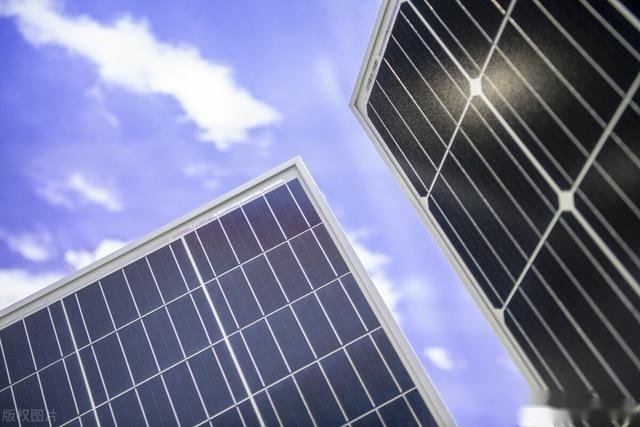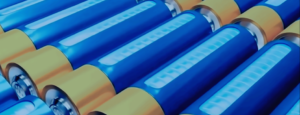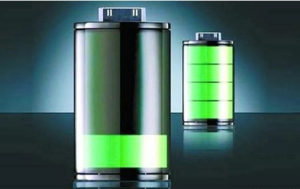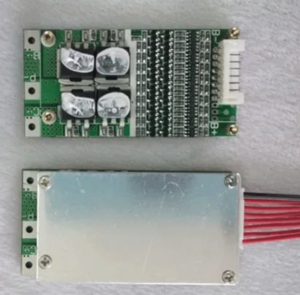1. Development trend of surface passivation
The top priority of crystalline silicon batteries has always been its surface passivation. Early
screen printing batteries, limited by the technical means of the time, people simply introduced
the TiO2 layer. However, the passivation function of TiO2 did not play an ideal role.
In the 1990s, with the development of process technology, silicon nitride (SiN x) film prepared by
plasma enhanced chemical vapor deposition (PECVD) technology became the mainstream, and it
was generally used as the antireflection layer and passivation layer of the front of solar cells.
With the use of SiNx, the passivation optimization of the front side of the battery has entered the
bottleneck stage, so people began to turn the research direction to the back surface with serious
compounding problems. UNSW proposed PERC and PERL structures in the 90s.
The common point of these two structures is that they both rely on silicon oxide layer to
passivate the back of the battery, and adopt local opening to form point contact technology to
effectively reduce the area of the non-passivated area, while the difference is that the latter
forms a back electric field through local doping diffusion near the opening hole, although local
diffusion can reduce the recombination rate of the contact area, But at the same time, the
complexity of the process will increase dramatically.
Although PERC and Perl-structured solar cells have relatively good surface passivation, they limit
the contact area on the back of the cell to the open hole.
In addition to increasing the complexity of the preparation process, the process of opening the
hole will also cause damage to the silicon material in the contact area and increase the composite
degree of the metal and semiconductor contact area. In addition, the existence of the open hole
also makes the carrier can not be transmitted from the shortest path perpendicular to the
contact surface, which leads to the increase of string resistance and the increase of Fill Factor (FF)
loss during the transmission process.
Passivated Contact technology is applied to solar cells to form passivated contact solar cells,
which has become a hot topic in current research.
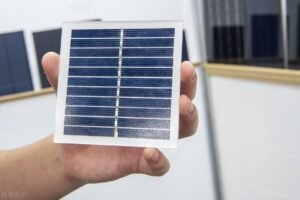
2. Working principle of TOPCon
① Carrier separation process in TOPCon batteries
It is generally believed that the internal power generated by the current in solar cells is formed by
the separation of photogenerated carriers by the built-in electric field of the PN junction, because
when the light with an energy greater than the bandgap width of the semiconductor material
irradiates on the surface of the PN junction, it will destroy the original dynamic balance
generated by the diffusion and drift motion, thus generating new electron hole pairs and
separating under the action of the built-in electric field. So the photogenerated current will be
formed.
And now some researchers think that by disrupting the equilibrium Fermi level, creating a
quasi-fermi gradient, you can generate a current. The conductivity of different types of carriers in
the contact region between the two sides of the absorbing layer is different, which causes the
outgoing photogenerated electrons and holes to be transported in different directions.
The photoexcited electrons and holes in the absorbing layer are transported along the
conduction band and the valence band respectively. Ideally, the electrons and holes in the figure
reach the outer circuit via left electron contact and right hole contact, respectively. The
composite current density (J0c) and contact resistivity (ρc) are generally used to measure the
carrier selective passivation contact performance.
ρc represents the output capacity of the passivation contact to the multiple, that is, the
resistance loss of the electron contact area to the electron (multiple) current. The J0c is used to
show the blocking ability of passivation contact to the few electrons, which is generated by the
recombination of some minority holes into the electron contact region and the many electrons.
① Carrier transport process in TOPCon battery
TOPCon cells are based on the selective collection of passivated contact structures by carriers,
which are formed by preparing a layer consisting of a tunnelled silicon oxide layer and a heavily
doped silicon thin film layer on the back of the cell.
Due to the good passivation effect of ultra-thin silicon oxide and heavily doped silicon film, the
energy band on the surface of the silicon wafer is curved (thus forming a field passivation effect),
the probability of electron tunneling is greatly increased, and ρc is also greatly reduced. Due to
the excellent carrier selective passivation contact performance (J0c<10fA/cm2, ρc<30 mΩ·cm 2),
the efficiency of the crystalline silicon cell prepared by TOPCon technology has reached more
than 26%.
① For ultra-thin tunnelling oxide layers, there are currently two carrier transport theories in the
academic world:
The first is the quantum tunneling effect
That is, microscopic particles such as electrons can pass through the barrier probabilistically to
the other side even if the barrier height is greater than the particle energy. According to the
“uncertainty principle”, time and energy cannot have definite values at the same time, and the
more certain one quantity is, the greater the uncertainty of the other quantity is.
In other words, the energy of a particle in a very short period of time will be extremely uncertain,
and the range of energy values will become larger. Therefore, although the energy of the particle
(which should be the average of the particle over its energy range) is less than the height of the
barrier, there is a certain probability that a high energy state in this range will exceed the height
of the barrier for a very short period of time.
If the space span of the barrier is small, then the particle with the high energy state can pass
through the barrier in a very short time.
The second is the pinhole theory
When the oxide layer exceeds 2nm, the probability of carrier tunneling is greatly reduced. At this
time, the carrier transport is mainly through the pinholes, when the number of pinholes in the
oxide layer is too small, the carrier transport will be limited.
The excessive number of pinholes indicates that there are too many defects in the oxide layer,
which leads to the reduction of the chemical passivation effect of the oxide layer. Under this
transport mechanism, the quality requirements of silicon oxide are very high.

